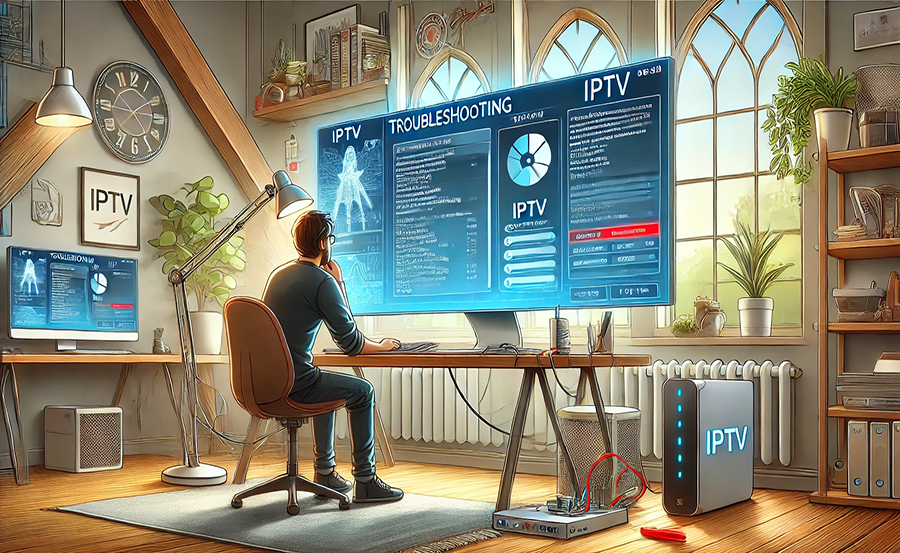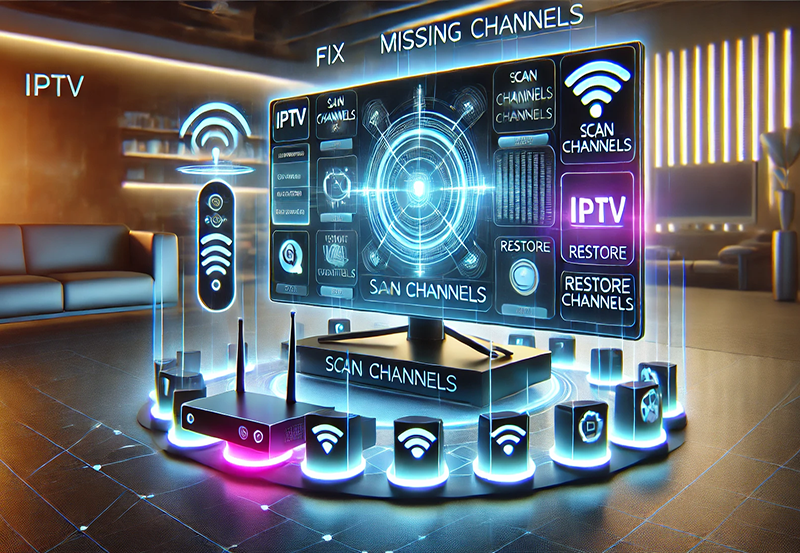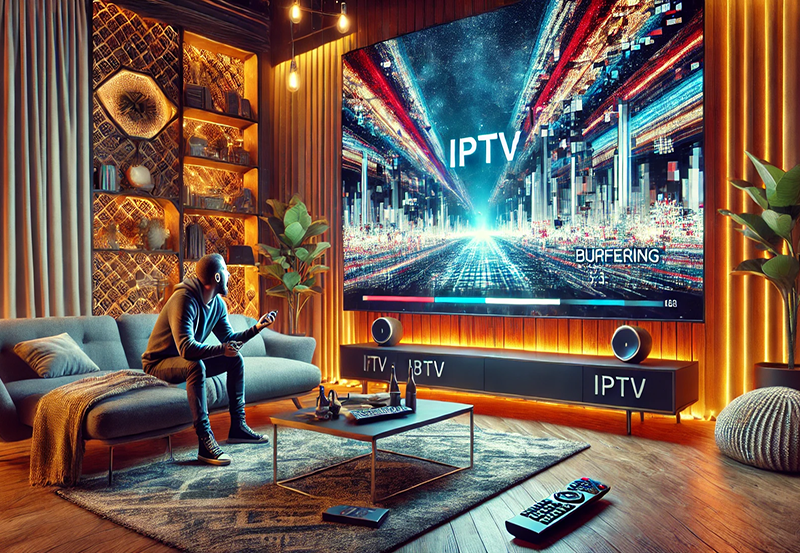For modern entertainment enthusiasts, IPTV presents an intriguing solution, maximizing viewing pleasure through Internet Protocol Television. When perfectly configured, it transforms your screen into a versatile viewing hub. The path to the best IPTV experience can be riddled with complexity, especially on Windows systems. But worry not—unravel the mystery and upgrade your TV experience today!
Understanding IPTV and Its Essentials
Before diving into configurations, grasping the core essence of IPTV is vital. Unlike conventional cable or satellite TV, IPTV streams content via the internet, offering vast flexibility and accessibility. This innovation demands a stable, well-configured network for optimal performance.
What Makes IPTV Different?
IPTV leverages the internet, delivering high-quality content directly to your device. It wipes out the glitches of conventional media distribution, positioning itself as a go-to solution for digital-savvy users. However, the reliance on a network makes setup crucial.
Expert Advice:
Get access to premium TV shows and sports with Affordable IPTV services designed for your needs.
The Role of Windows in IPTV Configuration
Windows, arguably the most widespread operating system, supports IPTV with remarkable prowess when configured correctly. The possibilities range from app integration to customized streaming setups, enhancing the quality and control over your viewing experience.
Preparatory Steps for Optimal Configuration
Ensuring Network Readiness
An impeccable network is the keystone of IPTV efficiency. The first step is ensuring your internet connection can handle high-bandwidth demands. Running a speed test ensures you can support IPTV without suffering buffering or lags.
- Check internet bandwidth: Aim for a minimum of 10 Mbps for standard definition, 25 Mbps for HD.
- Test connection stability: Use ping tests to detect latency issues.
Hardware and Software Prerequisites
Your Windows machine should be equipped with the latest updates and drivers. This guarantees not only security but also the system compatibility with IPTV software. High-performing machines ensure seamless streaming with minimal disruptions.
Configuring IPTV on Windows: A Step-by-Step Guide
Setting Up the Right Software
To access IPTV on Windows, a credible IPTV player is necessary. VLC Media Player stands out, famed for its versatility and user-friendly interface. Here’s a straightforward setup:
- Download VLC: Head to the official VLC website and download the latest version.
- Install: Run the installer, following the prompts to completion.
- Load IPTV playlist: Open VLC, navigate to ‘Media’, then ‘Open Network Stream’, and enter your IPTV URL.
Fine-Tuning Network Settings
Tweaking your network settings can drastically improve IPTV performance. Start with these adjustments:
- Enable Quality of Service (QoS): Prioritize IPTV traffic over other network activities.
- DNS Configuration: Using Google’s DNS (8.8.8.8, 8.8.4.4) often boosts performance and reliability.
Troubleshooting Common Problems
Dealing with Buffering and Lag
Buffering is a notorious enemy of smooth IPTV streaming. If encountered, consider these fixes:
- Reduce concurrent device connections to free up bandwidth.
- Check IPTV server status; use alternative servers if available.
Overcoming Compatibility Issues
Sometimes, Windows updates or VPN settings might disrupt IPTV functionality. Resolving these requires:
- Rolling back incompatible updates if necessary.
- Adjusting VPN protocols or excluding IPTV traffic.
Maximizing Your IPTV Experience
Exploring Advanced Features
To truly make the most of IPTV on Windows, delve into advanced settings. Options like customized playlists and integrated recordings enhance flexibility and personalization.
Integration with Home Networks
Connecting your IPTV to a home network setup can create a unified entertainment system. This allows smart devices to communicate seamlessly, opening up avenues for automation and remote access.
The Continuous Journey of IPTV Optimization
Network configuration is as much an evolving art as it is a science. As technology advances, so will opportunities for optimizing IPTV on Windows. Stay curious, experiment, and seek out community forums and tutorials for emerging tips and tricks.
FAQ: Common Queries About IPTV on Windows

Q1: Can I use multiple IPTV providers simultaneously?
A1: Yes, Windows allows multiple IPTV applications, enabling users to switch between providers without reinstalling software.
Q2: How do I secure my IPTV connection?
A2: Employing VPNs and securing your Wi-Fi network reduces risk. Regular updates to your software also enhance security.
Q3: Are there specific IPTV apps recommended for Windows?
A3: Besides VLC, applications like Kodi and Perfect Player offer additional features and compatibility for enhanced user experience.
Q4: Why do some channels refuse to load?
A4: Non-loading channels may result from server issues on the provider’s end or your network not supporting particular stream types.
Q5: Is my GPU important for IPTV streaming?
A5: While not crucial, a powerful GPU can improve rendering quality, especially for HD or 4K streams.
Q6: How do updates affect IPTV functionality?
A6: Keeping software updated ensures compatibility and access to new features, though sometimes updates may cause temporary disruption.
Q7: What should I do if I keep experiencing lag despite a strong connection?
A7: Examine router configurations, consider upgrading hardware, and verify that no network protocols are blocking IPTV traffic.
How to Enhance Your Plex Experience with IPTV Streaming





